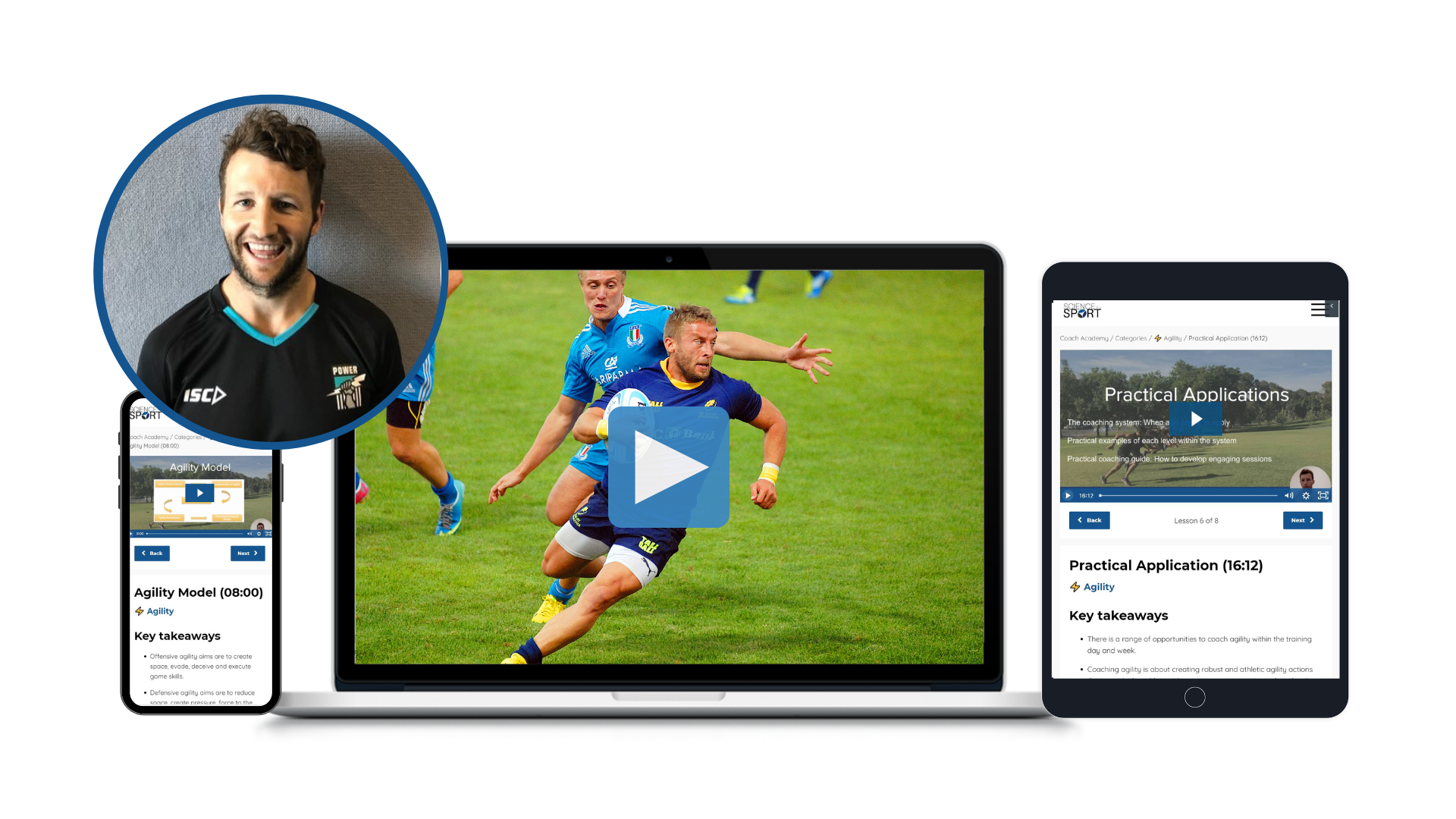
Hypertrophy training: The Complete Guide (plus workouts)
Hypertrophy development is valuable as increased muscle mass is beneficial to athletic performance and a necessity for many sports.
Strength & Conditioning is the practical application of exercise prescription in order to improve the physical performance of athletes. For example, it focuses on strength and power training, aerobic and anaerobic development, movement quality, and speed enhancement.
As the world of strength and conditioning is very complex, our aim is to simplify the science so that coaches, athletes, and everybody else can understand how to use these training methods in order to optimise sports performance.

Hypertrophy development is valuable as increased muscle mass is beneficial to athletic performance and a necessity for many sports.
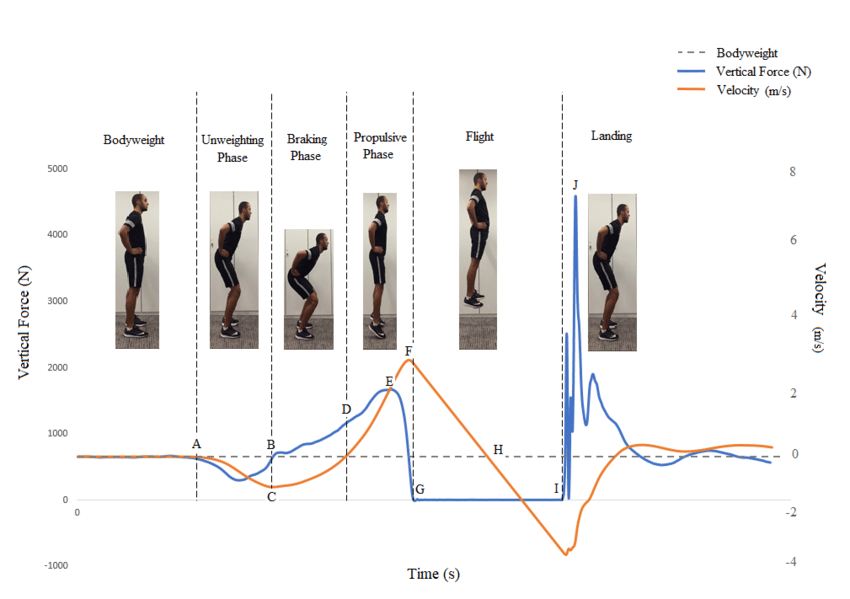
The countermovement jump (CMJ) is a simple, practical, valid, and very reliable measure of lower-body power.
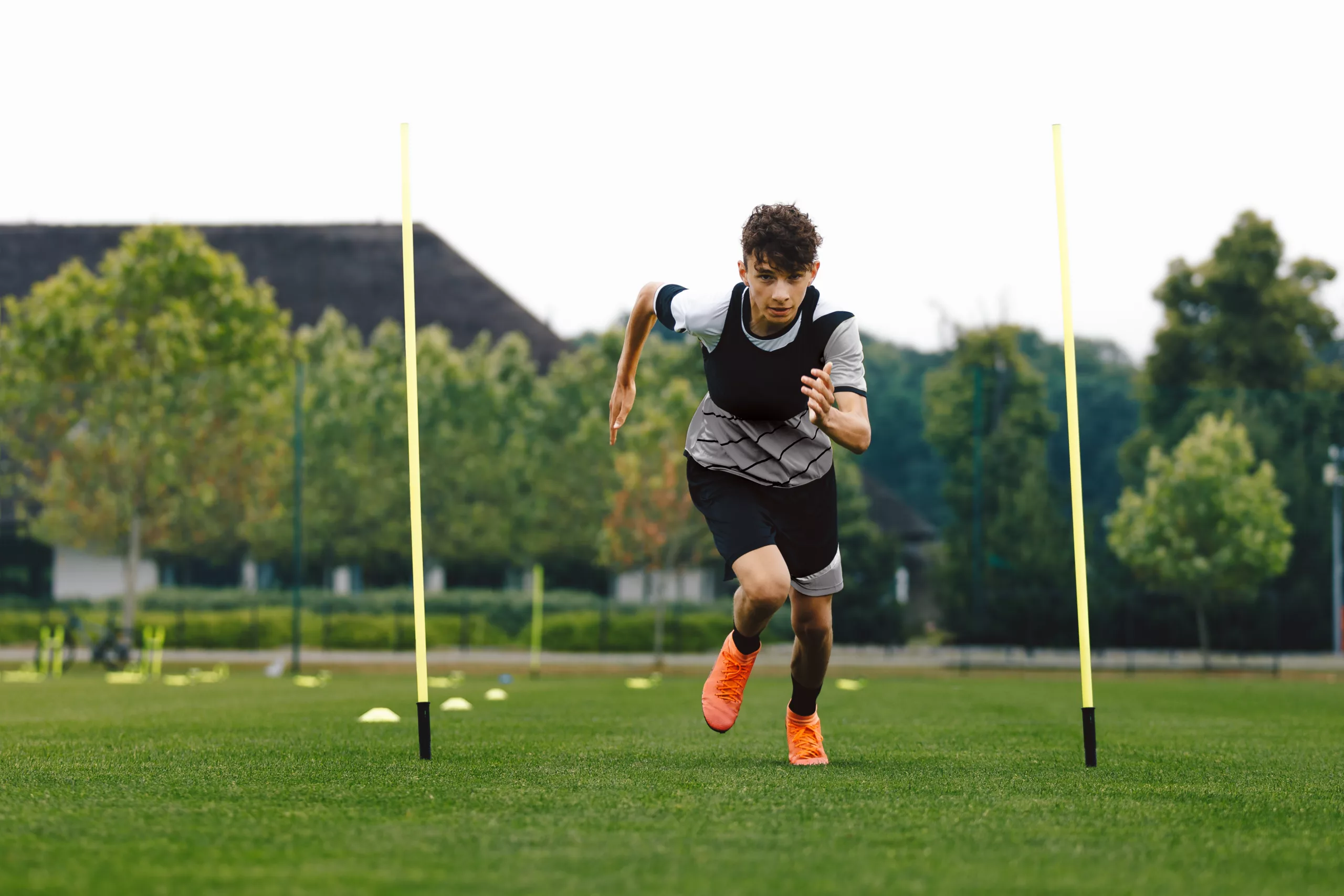
The 30-15 IFT measures aerobic and anaerobic capacity, change of direction qualities, and ability to recover during intermittent exercise.
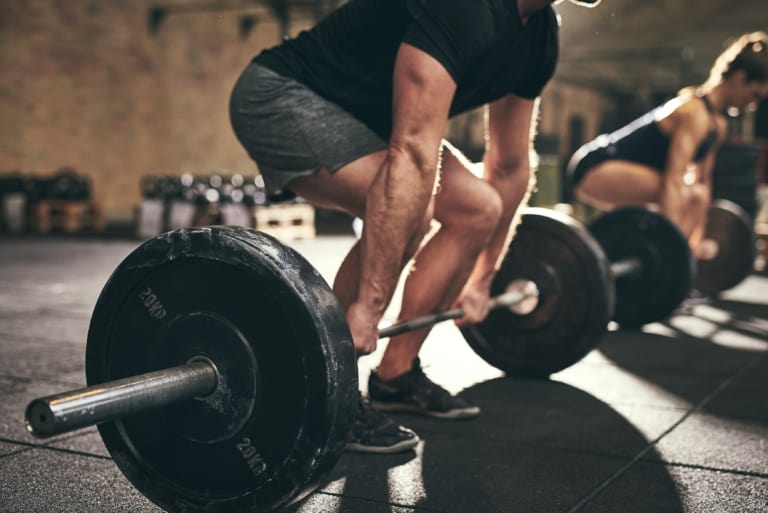
It’s an age-old question when many people set foot in the gym – should you use free weights or machines?
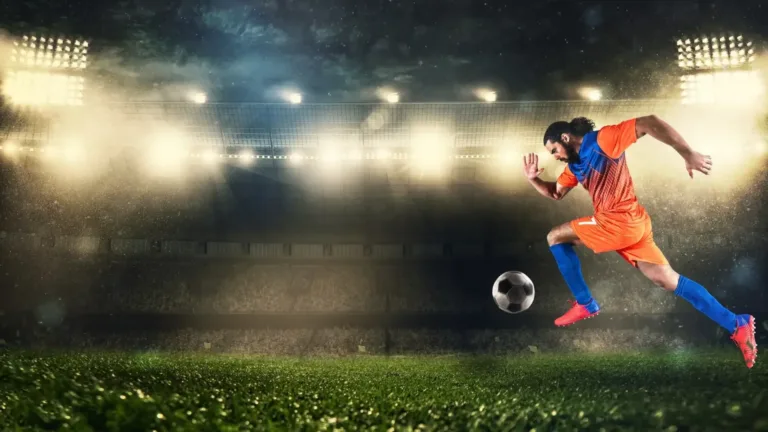
Speed training in football (soccer) is as critical to performance as technical and tactical mastery, as well as strength and conditioning. Here’s how to develop it to blow your opponents away on the pitch.

When done correctly, barefoot running has the potential to improve strength of the foot and improve running economy as well. But proper transition from standard training and running shoes is vital.
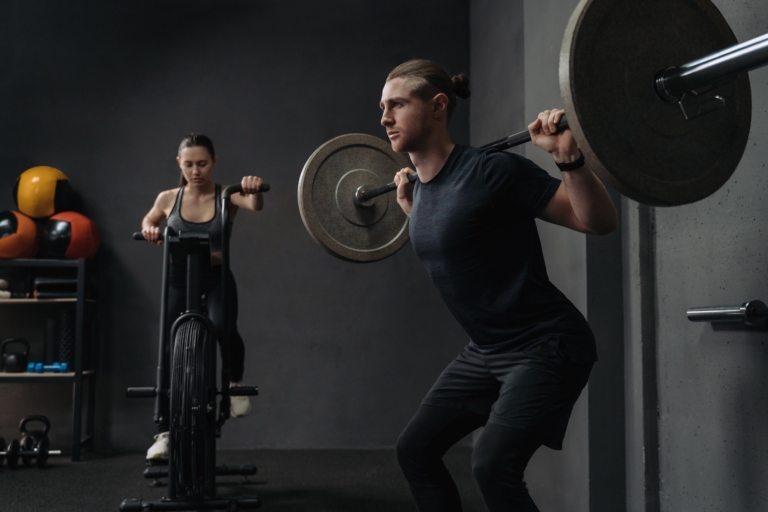
The benefits of concurrent training are far-reaching and help improve multiple physical qualities, but there are several factors to be aware of.
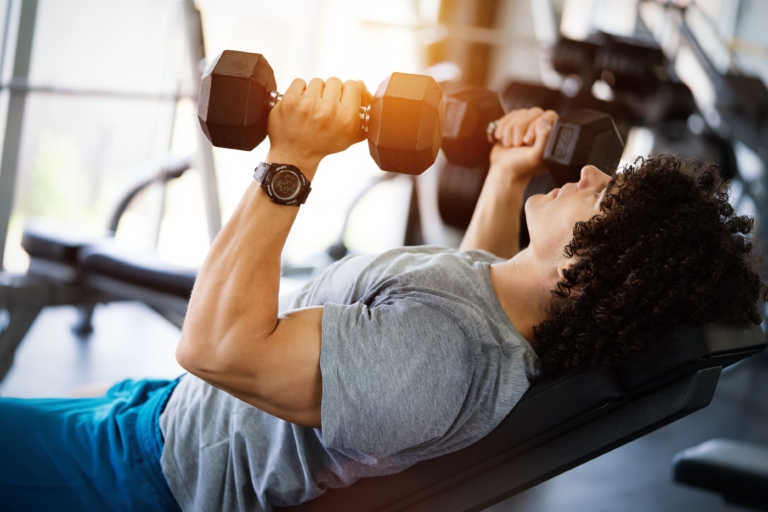
Anyone who has done any kind of resistance training would have heard about the importance of repetitions, or reps. But what are rep ranges, and why are they important?

For those not working in an elite team, budgets can be slim and the prospect of fitness testing can be daunting. But there are ways around it.
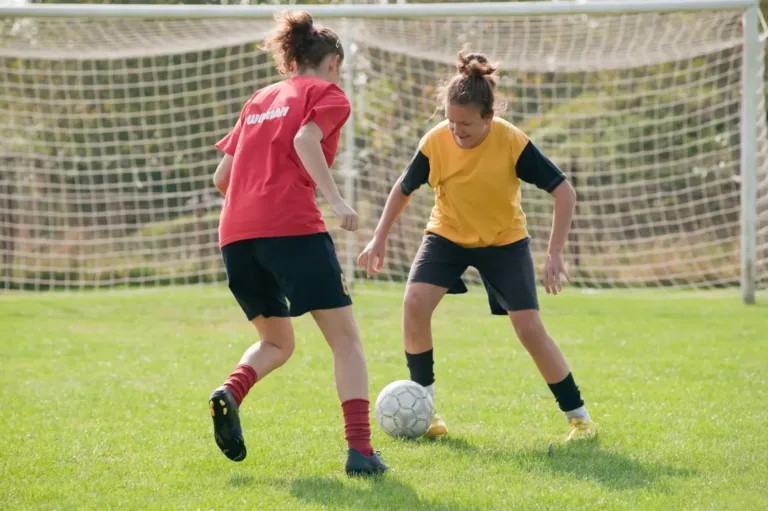
Women in sports is becoming a topic clubs and coaches need to be more aware of. But while female participation in soccer (football) is booming, much less is known about the strength and conditioning (S&C) support that females get in comparison to males.
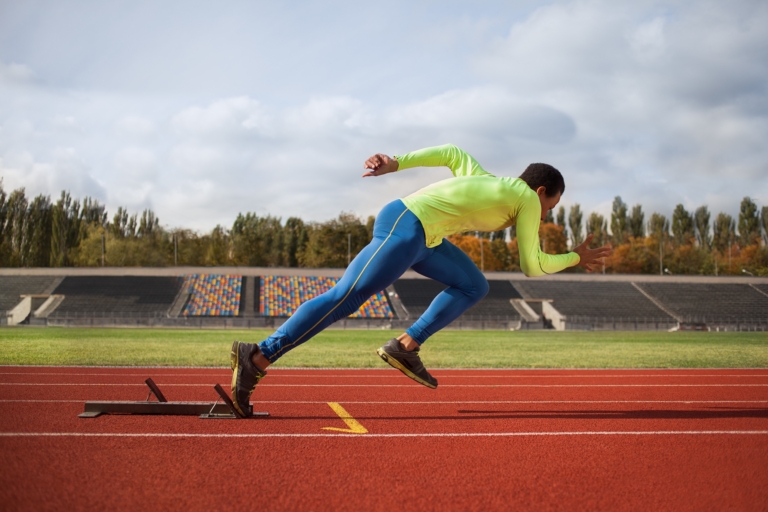
Adding what is called the ‘anaerobic speed reserve’ to your aerobic test data can help take athletes’ conditioning to the next level.
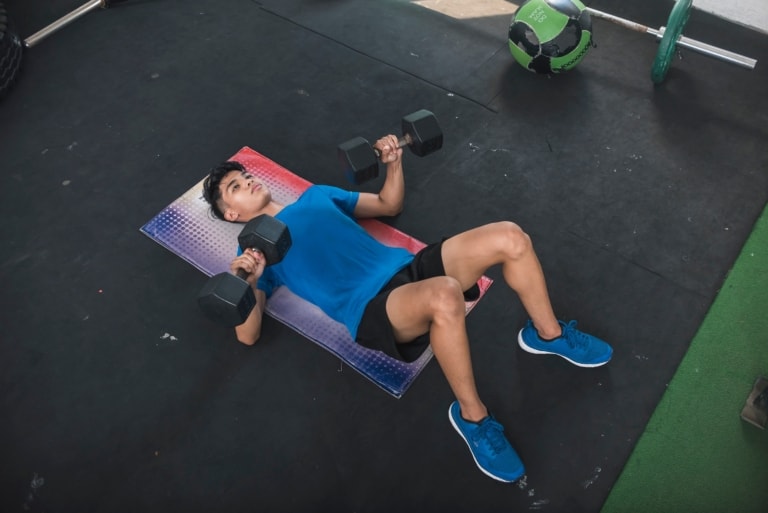
Resistance training can develop increases in muscle hypertrophy, strength, power, and/or endurance. When programmed correctly, it is beneficial and safe for everybody. Here’s your ultimate guide.

To take your power development to the next level, the first step is to make an individual profile of your force and velocity. But how on earth do you get your profile?
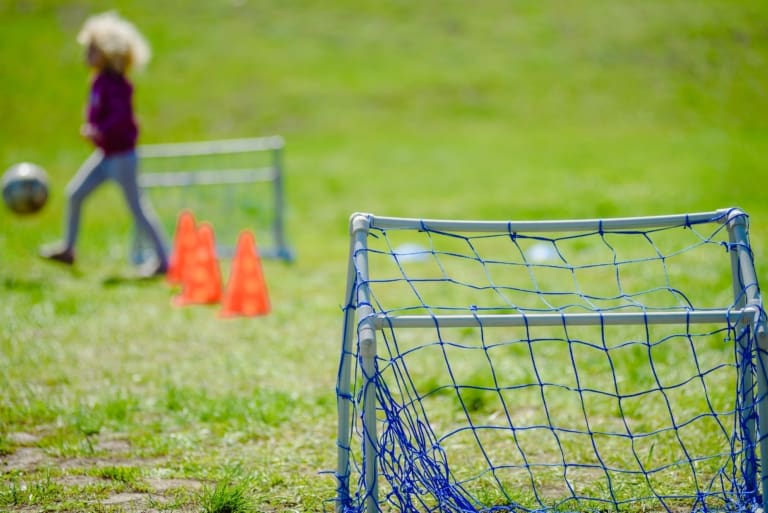
Small-sided games can be used as an efficient method of training for physical, technical and tactical purposes. There are downsides, however.

Hand-eye coordination is the most sport-specific but universal skill you can develop that’s not actually sport. But how can it be developed? Hint: Tennis balls could be the answer.
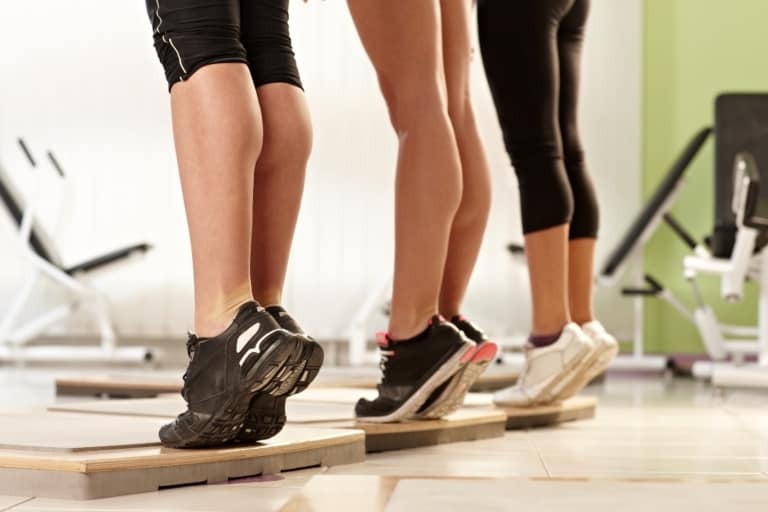
Many coaches and athletes fail to properly train the calf area, but ignoring calf muscle development can lead to higher rates of injury.
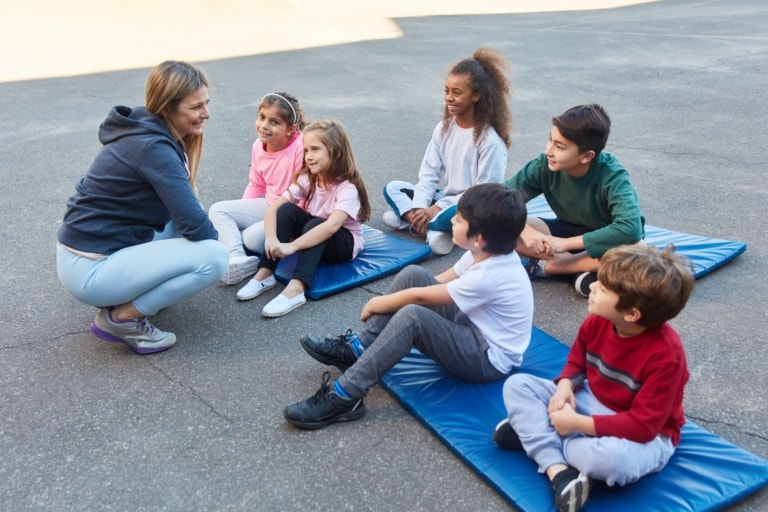
Physical literacy needs to be a multi-faceted approach: Parents, physical education teachers, sports coaches, strength and conditioning coaches, leisure management personnel, family members, and peers all play an integral role in physical literacy.

While sports technology continues to develop at a rapid rate, there are simpler ways to monitor your exercise intensity. One of these old-school methods is the Talk Test.
Learn from a world-class coach how you can improve your athletes' agility. This course also includes a practical coaching guide to help you to design and deliver your own fun and engaging agility sessions.
Get Instant Access